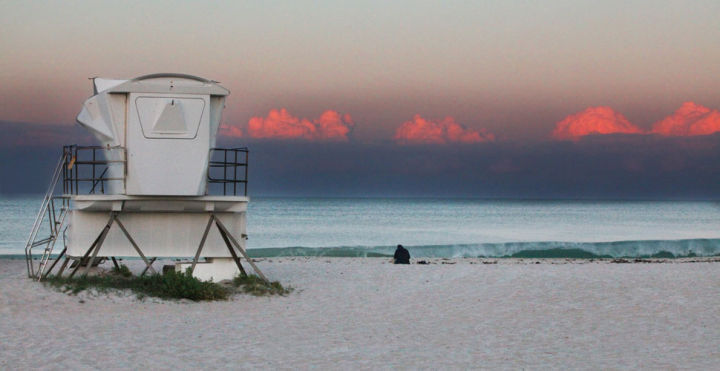
VERO BEACH — While erosion has dramatically shrunk the beaches in front of Vero’s main tourist hotels, only a couple of miles to the south, the beaches have grown so wide that lifeguards are talking again about the need to move their observation towers closer to the water.
With future replenishment for Vero’s beaches currently in a financial holding pattern, some are asking whether it might make sense to move sand from the accreting southern beaches to areas like the narrow strands in front of Humiston and Jaycee Parks.
That might be possible, said Indian River County Coastal Engineer James Gray, but it is not something he advocates.
Neither does Vero Beach City Manager Jim O’Connor.
“I think politically it would be a real challenge to put heavy equipment on the beach and start moving sand,” O’Connor said. “And I’m not even sure how we would go about getting the permitting.”
Moving sand from south to north could theoretically be done, said Gray.
“It is not something that is commonly done, let’s put it at that,” said Gray. “Can they do it? Yes. Is it permissible? Yes. Is it an alternative that can be considered? Yes. But there can be a lot of objections.”
“Can you imagine how our phones would be ringing off the hook?” he added.
The surf from Hurricane Sandy tore away about half of the northern county’s recently completed $15 million beach replenishment and dune project, and dumped much of the sand along the beaches to the south.
The 25-foot high dunes at Conn Beach were also battered by Sandy’s heavy surf.
Meanwhile, from South Beach to Round Island Park, the beach is between 120 and 180 feet wide, more than double the width of beaches farther north on the island.
Lifeguard Erik Toomsoo said South Beach has grown so much recently that he and other lifeguards think the city should consider moving the lifeguard tower at the park closer to the shoreline.
After storms several years ago widened South Beach, the city shifted the tower about 50 feet closer to shoreline. The lifeguard tower at Round
Island Park also was moved about 75 feet closer to the shoreline because of the added sand and growth to the beach, said Gray.



